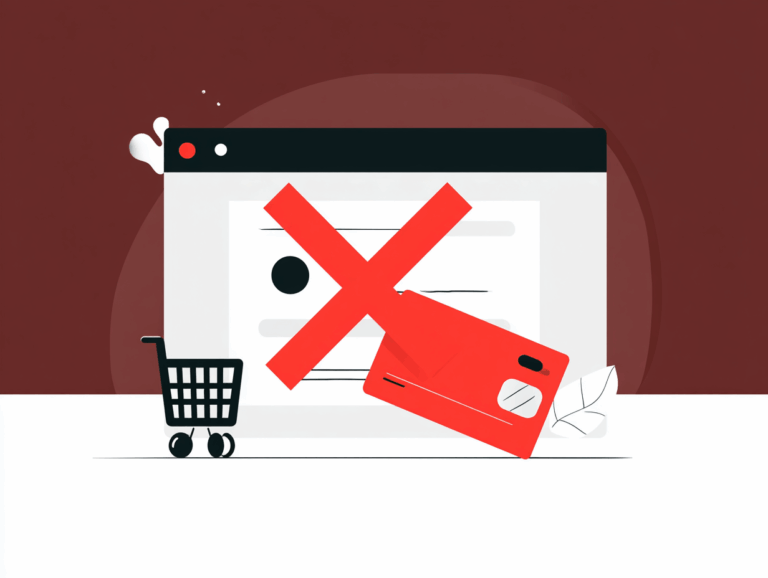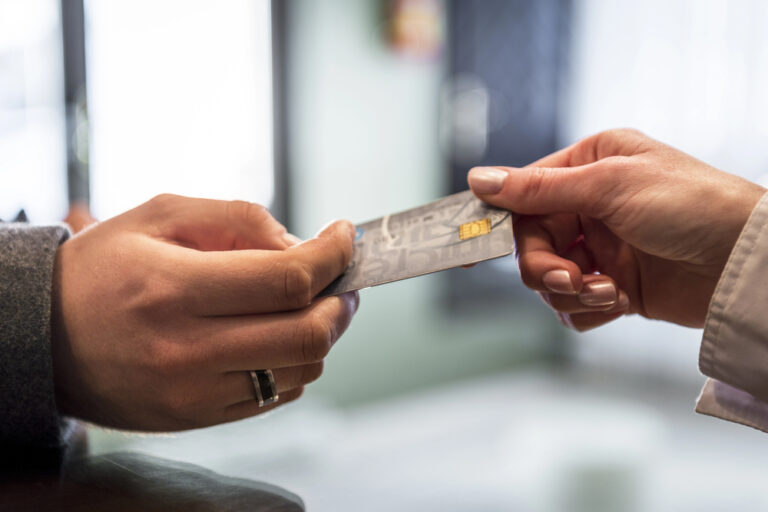When most people think about online fraud, their minds jump straight to the checkout page. Stolen credit card numbers, mismatched billing info, or desperate attempts to guess 3DS codes.
But the key to fraud prevention isn’t to just watch the finish line, it’s about spotting trouble long before your customer ever fills their cart or clicks “Pay Now.”
Working in payment processing, we see all sorts of creative schemes—many starting well before the checkout page ever loads. By focusing on signs of fraud earlier in the shopping journey, you can protect your business and provide a safer experience for everyone who shops with you.
Why Early Detection Matters
Imagine you’re running a store at the mall. If someone is acting suspicious the moment they walk in, wouldn’t you want to know? It shouldn’t take someone yanking items off the shelf or darting to the register for you to get suspicious.
Online, it’s the same. Fraudsters leave clues from the second they land on your site. Spotting these hints early is your chance to outsmart them and keep genuine shoppers safe.
Let’s talk about five major signs of online fraud that show up before anyone even reaches the checkout page and why paying attention to them can save you money, time, and headaches.
1. Unusual Account Creation Patterns
What to watch for:
- Multiple new accounts created from the same IP address within a short period.
- Usernames and emails that look auto-generated, like random strings of letters and numbers or emails like “[email protected].”
- Registration forms completed inhumanly fast (like under two seconds).
Why it matters:
Fraudsters rarely act alone. Instead, they use bots or “account farms” to set up dozens, hundreds, or even thousands of fake accounts in minutes. These accounts might be used for fake reviews, abuse of sign-up bonuses, or setting up stolen card purchases later.
Example:
Let’s say you launch a “$10 off your first order” promo. Suddenly, dozens of new users register within an hour, all with similar IPs and odd emails. That’s a glaring red flag.
Proactive steps:
- Set up alerts for multiple registrations from a single IP.
- Use captchas or email/SMS verification.
- Rate-limit how quickly accounts can sign up or set a daily sign-up cap per IP.
2. Odd Cart-Building Behavior
What to watch for:
- Shoppers adding extremely expensive items to their cart, especially if it’s way above your average order value.
- A customer repeatedly adding and removing items rapidly, almost as if they’re “testing” combinations, not shopping.
- Adding multiple variants of the same product, like six different sizes of expensive shoes in one go.
Why it matters:
Fraudsters often experiment to learn how much they can get away with, or they’re testing limitations (for example, if your site limits large orders or flags high-ticket purchases at checkout). Sometimes, it’s about scraping data, not actually buying.
Example:
You spot a user who adds ten new smartphones to their cart, removes eight, adds ten again, removes five, and repeats—all within minutes. That’s not normal shopping.
Proactive steps:
- Set thresholds or alerts for unusually high cart values.
- Monitor for rapid cart changes and high-frequency add/remove activity.
- Offer a simple “Report Suspicious Behavior” button for real customers who see strange activity.
3. Suspicious Browsing Patterns and Velocity
What to watch for:
- Users clicking through your site at lightning speed (for example, navigating five pages in under five seconds).
- Someone trying to access hidden/admin pages, like /admin, /inventory, or password-reset links.
- Bots attempting to scrape product data or gather information about your website’s structure.
Why it matters:
Normal shoppers browse. They look at products, maybe read reviews, and compare choices. Bots and bad actors, on the other hand, “rush” through your site—testing vulnerabilities, scraping inventory, or looking for security holes.
Example:
You notice a “visitor” hit your homepage, cart, login, and several odd URLs all in less than 10 seconds. That doesn’t fit with regular shopping habits.
Proactive steps:
- Use bot-detection software.
- Monitor traffic for abnormally fast page loads and odd access patterns.
- Hide admin and backend URLs from public view.
4. Repeated Use of the Same Promo Codes or Gift Cards
What to watch for:
- Numerous different accounts applying the same coupon code at nearly the same time.
- Attempts to “guess” promo or gift card numbers by brute force.
- Multiple failed attempts to use expired or already-redeemed codes.
Why it matters:
Fraudsters love free stuff. If they can crack your promo code system, they’ll try to get as much as possible by cycling through fake accounts and exploiting gift card systems.
Example:
In one afternoon, 20 new users all apply the same “BIGSALE2025” coupon and place suspiciously similar small orders. That’s not a coincidence.
Proactive steps:
- Limit uses of each promo code per customer and per IP.
- Track and flag promo or gift card attempts that fail multiple times in a row.
- Set expiration dates and usage limits for all codes and cards.
5. Use of Obscured or Mismatched Location Data
What to watch for:
- Customers accessing your site from proxies or VPNs, especially from countries where you don’t normally get traffic.
- Billing address and IP geolocation don’t match—like someone with a Japanese IP using a U.S. address.
- Device fingerprinting shows the same device logging in from multiple distant locations in a short time.
Why it matters:
Fraudsters hide their real location to avoid detection, test stolen cards, or slip through country-specific restrictions. If you see multiple red flags around location, it’s time to investigate.
Example:
A brand new account signs up from a French IP but enters a Texas billing address—then changes addresses three times before adding items to their cart.
Proactive steps:
- Compare IP location with shipping and billing addresses.
- Flag inconsistent data for manual review.
- Limit high-risk countries or announce extra verification steps for them.
Don’t Let Your Guard Down Before Checkout
Catching fraud early means thinking like a detective. By paying attention to these early signs (odd account registrations, weird cart behavior, suspicious browsing, code abuse, and mismatched locations) you’re taking powerful steps to protect your business and your honest shoppers from ever becoming victims.
Fraudsters are always looking for easy targets. If you make your site tough to crack early, you not only save money but also make life easier for your loyal customers. Sometimes, those “weird vibes” you notice before checkout are the most important clues of all.
Ready to step up your fraud detection? Start watching not just your checkout page but every phase of the shopping journey. Every hint you catch is one less chance for fraudsters to strike.









